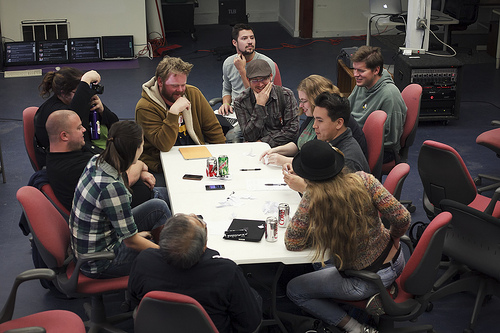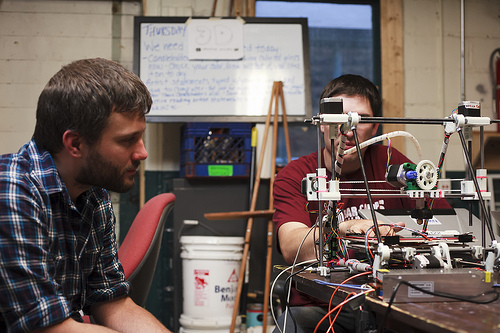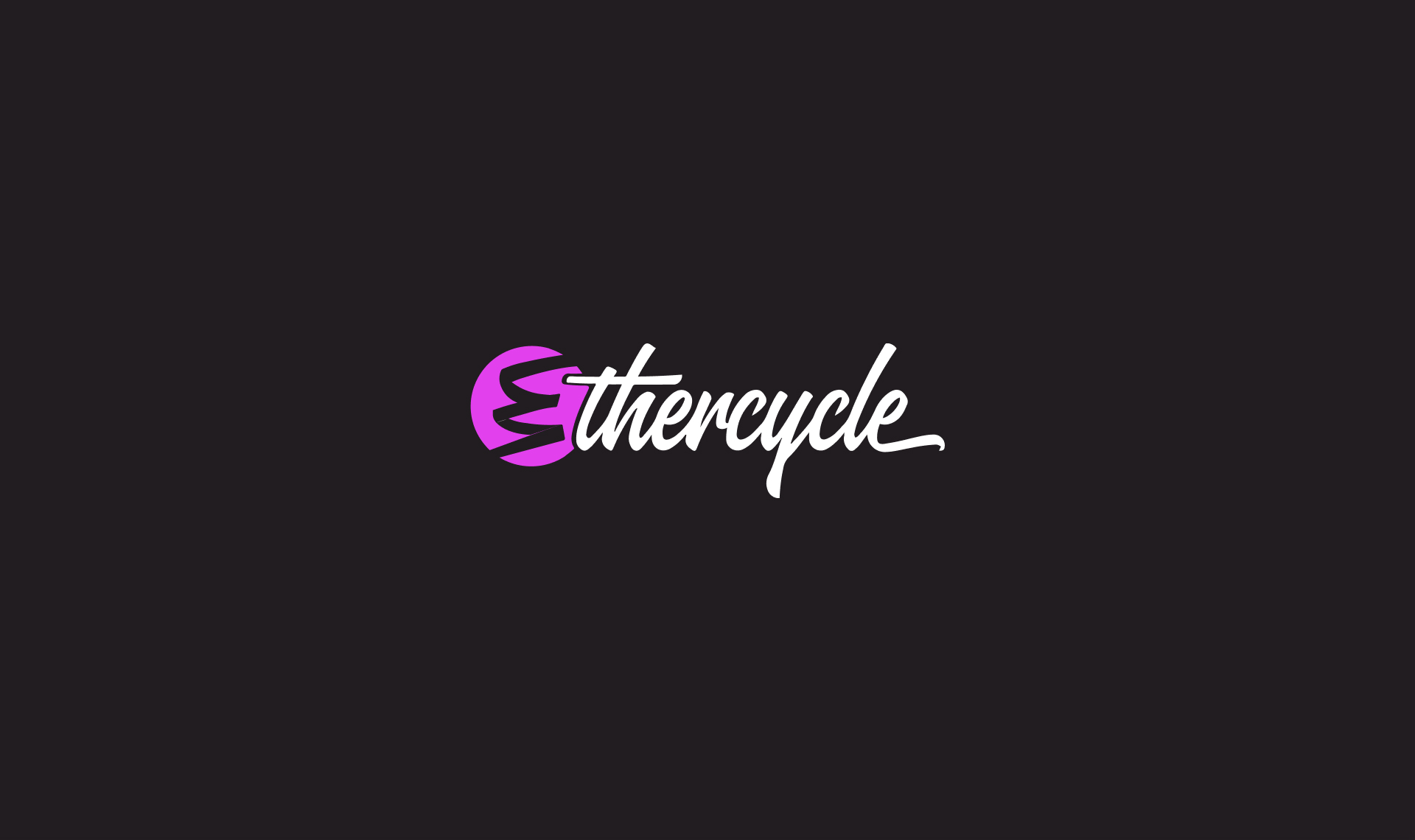
I'm Obsessing Over is a advertorial photo-blog for Yvonne Estelle's that we took from concept to launch in four days.
Brainstorm
In an afternoon session, we conceived and planned the project with the client. At the end, we had a domain name, and a plan.
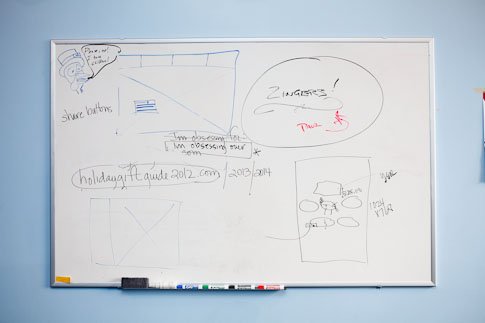
Wireframe
With the meeting still fresh in our minds, we sketched wireframes of the site using old-fashioned pen and paper. (Sketching is the most overlooked tool in any designer's toolbox.)
Design
In PhotoShop, a mock-up of the design is created based on the wireframe.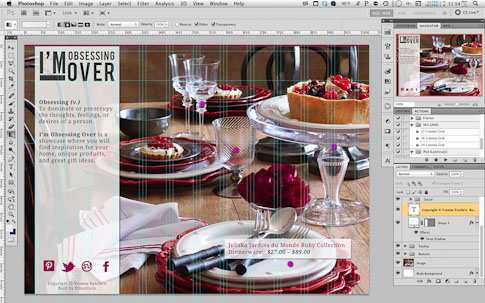
Launch
After two days of coding and testing, the site was pushed live.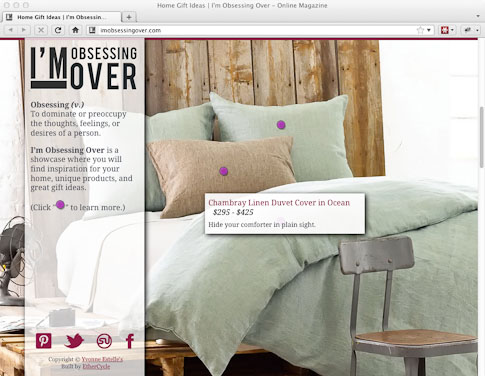
Brainstorm
In an afternoon session, we conceived and planned the project with the client. At the end, we had a domain name, and a plan.

Wireframe
With the meeting still fresh in our minds, we sketched wireframes of the site using old-fashioned pen and paper. (Sketching is the most overlooked tool in any designer's toolbox.)

Design
In PhotoShop, a mock-up of the design is created based on the wireframe.

Launch
After two days of coding and testing, the site was pushed live.




